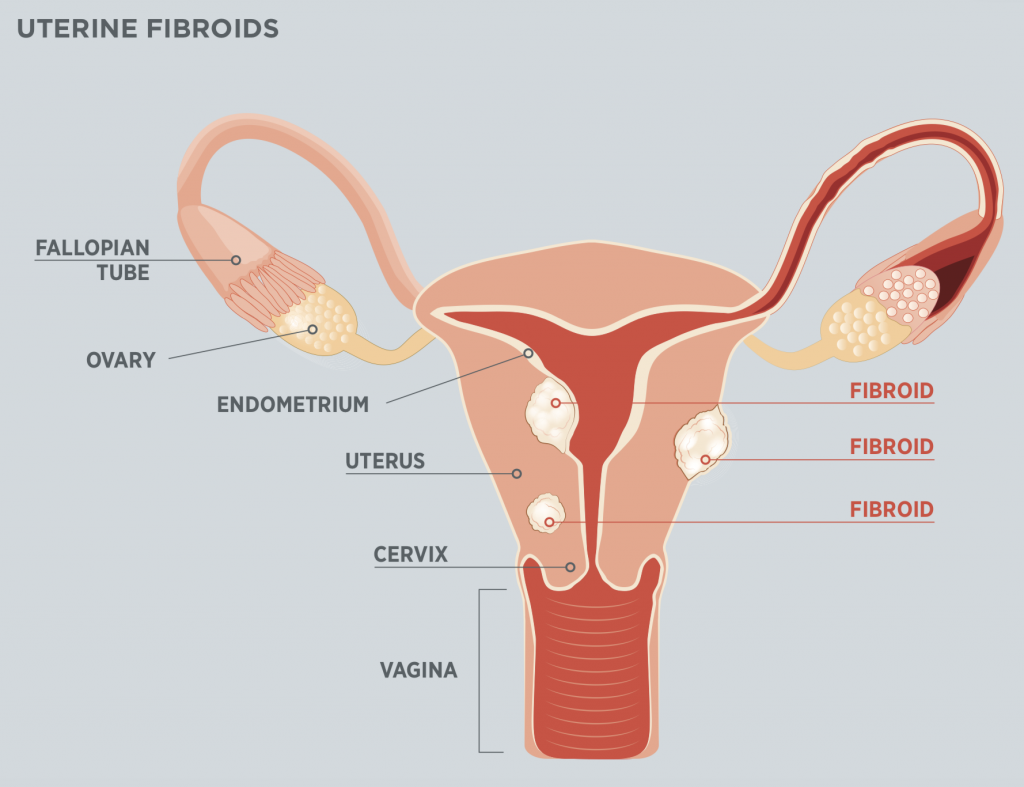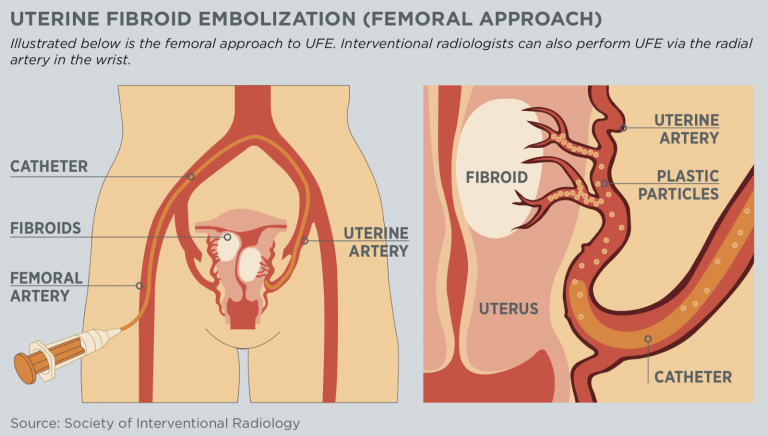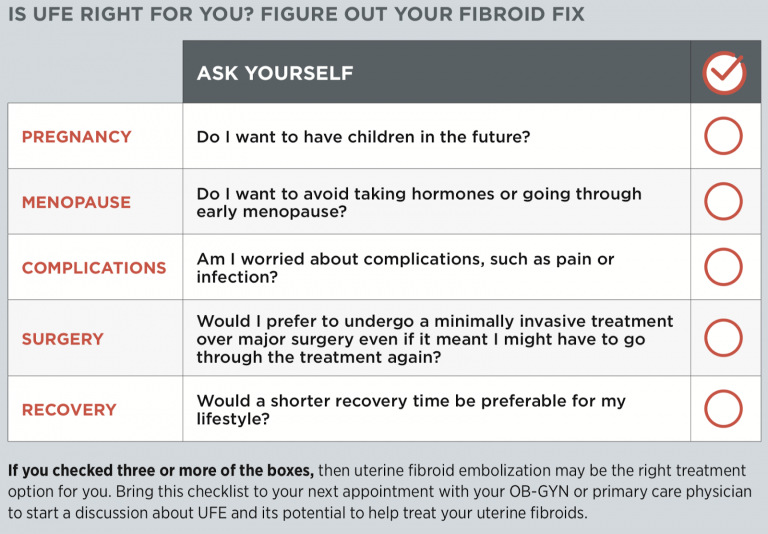Fibroids
Fibroids
What are Vascular Interventional Radiologists?
Interventional Radiologists are board-certified physicians who deliver minimally invasive treatments with less risk, less pain and less recovery time than traditional surgery. Most interventional radiology (IR) procedures are delivered via catheters through a tiny nick in the skin and imaging guidance to deliver precise treatment. Patients undergoing IR procedures will receive medications through their veins to help relax them. Many treatments are performed on an outpatient basis or with short overnight stay.
What are Fibroids?


Fibroids are benign tumors of the uterus that are not dangerous however do cause life limiting symptoms.
Do you suffer from symptoms including:
- An increased amount or duration of bleeding during your period
- Severe cramps and a bloated feeling during your period
- An urge to urinate frequently
- Pain down the back of one or both legs
- Uterine pressure or pain
- Abdominal Enlargement
If you have experienced any of these symptoms, you may suffer from uterine fibroids—benign growths in the uterus that can alter a woman’s period in many different ways. An interventional radiologist can determine whether an IR therapy called uterine fibroid embolization (UFE) could help.
Benefits of UFE compared to surgical option:
- Shorter recovery time
- Minimal complication risk
- Preserves the uterus
- Potential for future pregnancy
- Unlikely to cause menopause
You deserve to know all of your options. Contact your OB/GYN or PCP to discuss if UFE is right for you or contact GLMI directly for UFE consultation.
Please call us at (716) 836-4646 Option 4 to schedule consultation.
How is Uterine Fibroid Embolization Performed?
A UFE is performed with x-ray guidance and sedation. Your Interventional Radiologist will make a small incision in your groin or wrist and guide a very thin catheter into the incision and through your blood vessels to the specific artery supplying blood to the uterine fibroid.
Once the catheter is in place, the Interventional Radiologist injects small particles through the catheter into the artery to stop (or “embolize”) blood flow to the fibroid.
When embolization is completed, your Interventional Radiologist removes the catheter and applies pressure to the small incision to allow it to temporarily heal. Many times, you will be observed overnight and discharged in the morning.






